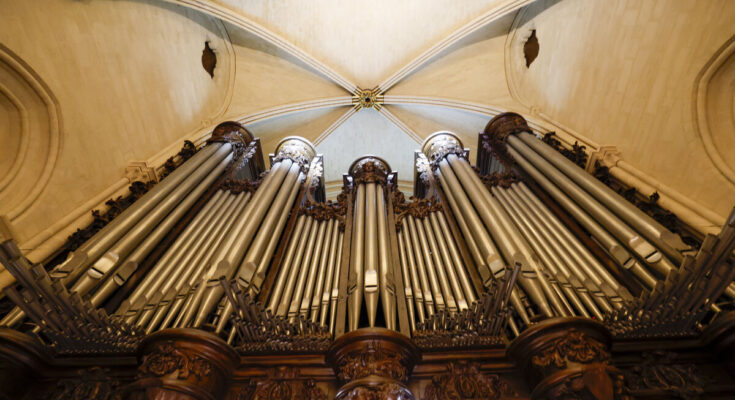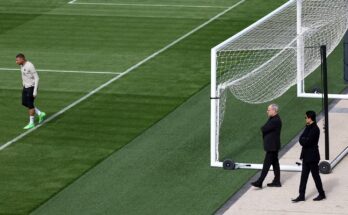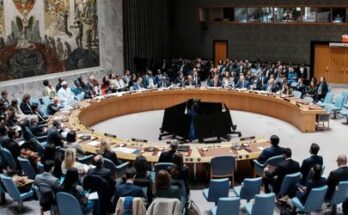Two organ compositions have been identified in Germany as belonging to the young Johann Sebastian Bach, three decades after their discovery. The match was replayed in public for the first time in more than three centuries this Monday in Leipzig.
The “chaconne in D minor” is numbered BWV 1178, and the “chaconne in G minor” BWV 1179 can finally be linked to the famous composer after more than 30 years of research, explained Peter Wollny, director of the Bach Archives in Leipzig, during a press conference.
This researcher eventually “identified it as the work of the young Johann Sebastian Bach, aged 18”, confirming the central reference of the artist’s work. This music expert himself discovered the ancient manuscript in the Royal Library of Belgium in Brussels in 1992.
The score is not dated or signed
The two chaconnes, a popular musical genre at the time, present “stylistic characteristics that we find today in Bach’s work, but not in other composers,” he added. However the score is not dated or signed.
For three decades, Peter Wollny “searched for the missing piece to attribute the composition” to Bach, namely “identifying the copyist,” he explained.
Several years ago, experts discovered very similar writing in a letter dated 1729, written by Bach’s former student at Arnstadt, Salomon Günther John.
However, additional evidence is needed, because the writings are not completely identical, and the letter was written 20 years after the manuscripts were created.
Composition from 1705
It was the development of a research portal on the composer, carried out by the Saxon Academy of Sciences, that made it possible to “state with certainty” that the copy discovered in Brussels was indeed made around 1705 by Salomon Günther John, says Peter Wollny. The key: Examples of John’s handwriting have been found, dating from the same time period, definitive proof that the handwriting is his.
According to Peter Wollny, Bach composed these chaconnes around the same year in Arnstadt, Thuringia, where he had been organist early in his career.
Both works were first performed in public by Dutch organist Ton Koopman, president of the archives, at St. Mary’s Church. Thomas in Leipzig. It is in this church, where he was choirmaster (singer) for 27 years, that the master of baroque music is buried.
Ton Koopman rated both songs as “of very high quality”, and said he was confident that “organists from all over the world” would “perform them regularly in the future”.
Also published this Monday by the music publisher Breitkopf & Härtel, based in Leipzig and considered the oldest in the world, the chaconnes can be accessed by the general public on the Archive platform.
“World Sensation”
Present at the premiere, Culture Minister Wolfram Weimer praised “an extraordinary moment for the world of music”. “It is a worldwide sensation, a first for all of us, that a work, 320 years later, or even more, can now be heard,” he rejoices.
Although he was from Thuringia, the musician spent the second half of his life, almost three decades, in Leipzig, a city in Saxony, in eastern Germany, where he died in 1750. It was in Leipzig that Bach performed some of his greatest works, such as the Saint John Passion or the cantata Christmas Oratorio.
This is not the first time Bach’s works have been rediscovered. In 2004, a lost cantata score, only partially known, was discovered in Japan in the possession of Japanese pianist Chieko Hara, who had died several years earlier.
In 2008, a previously unknown organ composition entitled “Wo Gott der Herr nicht bei uns hält” (“Where the Lord God is not by our side”) was discovered in an auction lot by professors at the Martin Luther University in Halle.
In 2015, they also obtained the return of Johann Sebastian Bach’s most famous portrait, bequeathed by an American collector.



